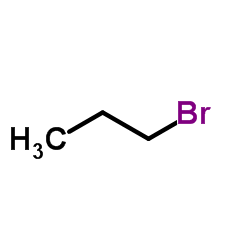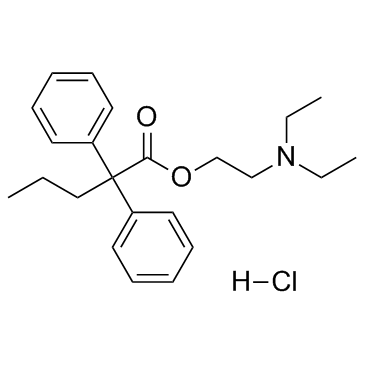| Structure | Name/CAS No. | Articles |
|---|---|---|
 |
1-Bromopropane
CAS:106-94-5 |
|
 |
Proadifen hydrochloride
CAS:62-68-0 |